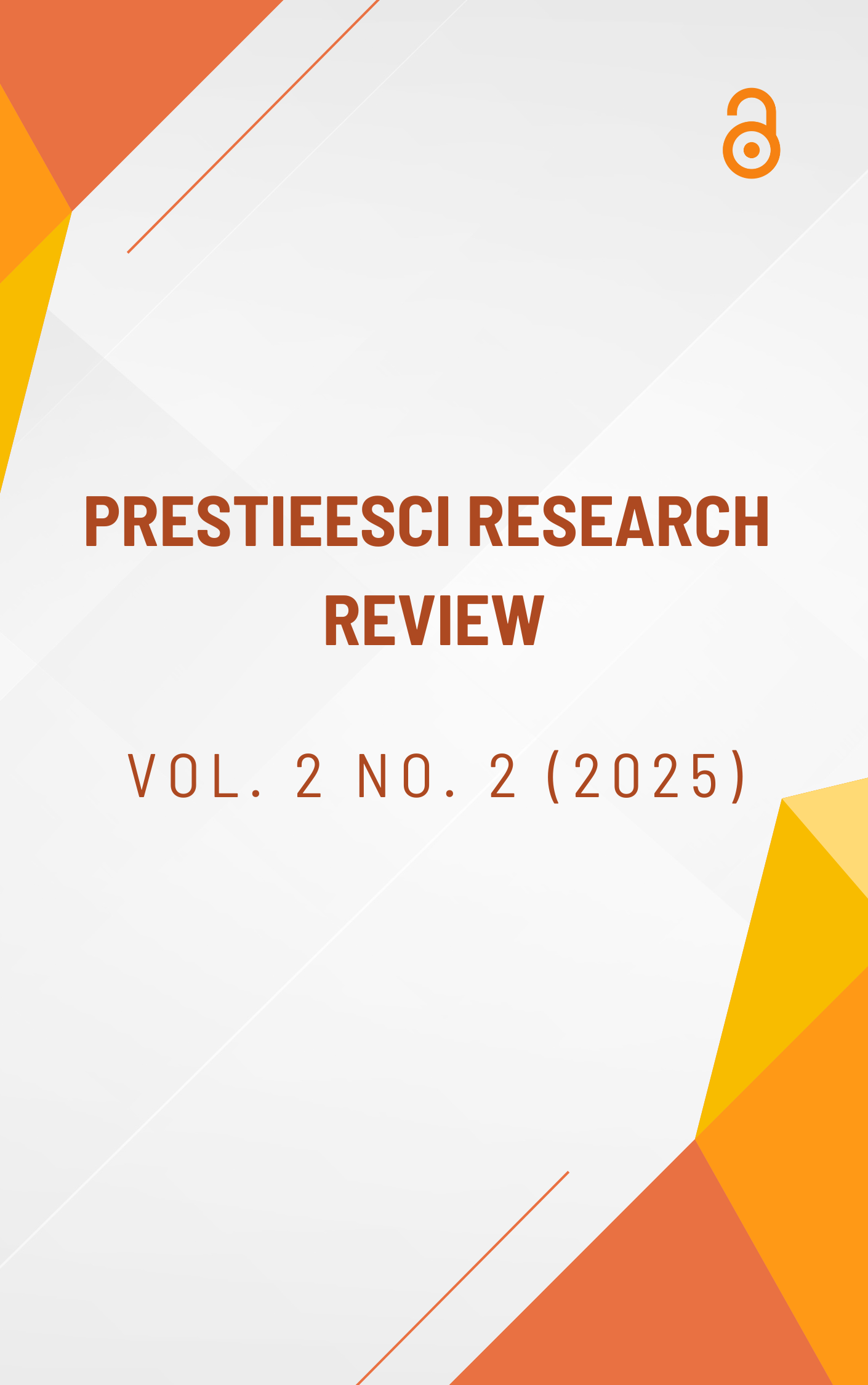AN EXAMINATION OF RESEARCH REGARDING THE IMPACT OF ASSISTIVE TECHNOLOGY ON THE ACADEMIC PERFORMANCE OF STUDENTS WITH VISUAL IMPAIRMENTS IN READING AND WRITING.
Keywords:
Assistive Technology, Reading Disabilities, Writing Disabilities, Visual ImpairmentsAbstract
According to studies by the United Nations Children’s Fund (UNICEF), a specific learning impairment (SLD) impacts up to ten percent of children globally. The majority of these children can assimilate into mainstream classrooms. Granting children with disabilities access to assistive technology in the classroom significantly enhances their prospects for academic success. Teachers bear the obligation of equipping students with the skills and knowledge required to effectively utilise any assistive technology supplied in the classroom. A thorough study was undertaken to gather educators’ views on the application of augmentative and alternative communication (AAC) strategies for students with specific learning disabilities (SLD). To compile this review, the researchers utilised six distinct academic articles. The findings of these publications indicate that educators are receptive to integrating assistive technology into their instructional settings. Their opinion was that it served as a method to enhance their reading comprehension and memorisation abilities, as well as their capacity to digest and retain knowledge conveyed in both written and spoken forms. From their perspective, instructors necessitate more support and oversight to effectively integrate assistive technology into their teaching. Consequently, educators must obtain specialised training and utilise suitable technological tools in the classroom to support children with specific learning issues in achieving their full potential. Future research should focus on identifying the most successful strategies for equipping educators with the resources required to integrate augmented reality (AR) into their curricula.




